NASA hopes to address a glitch that garbled Voyager 1 data for several months in 2022.


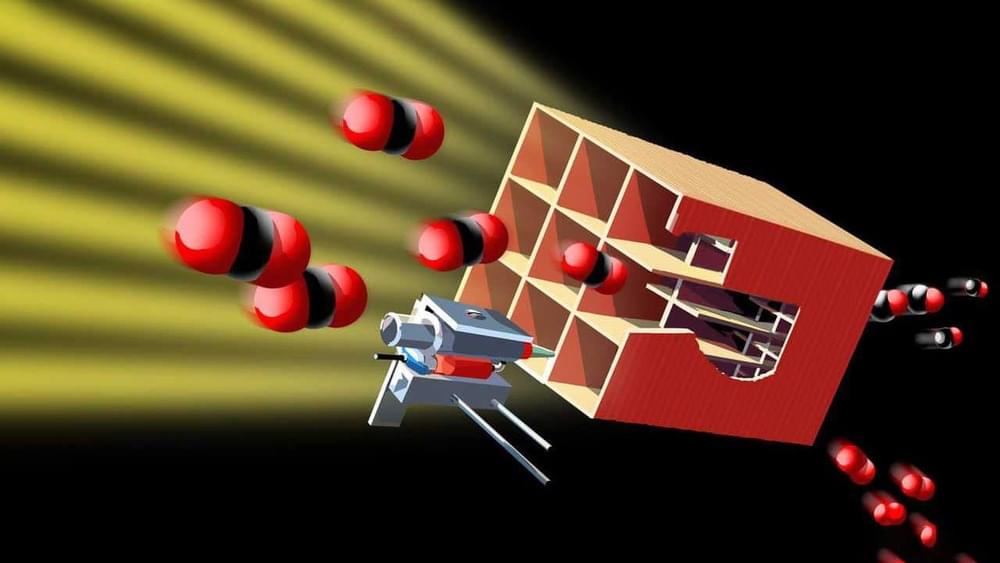

The current explosion of exciting commercial and open-source AI is likely to be followed, within a few years, by creepily superintelligent AI – which top researchers and experts fear could disempower or wipe out humanity. Scientist Max Tegmark describes an optimistic vision for how we can keep AI under control and ensure it’s working for us, not the other way around.
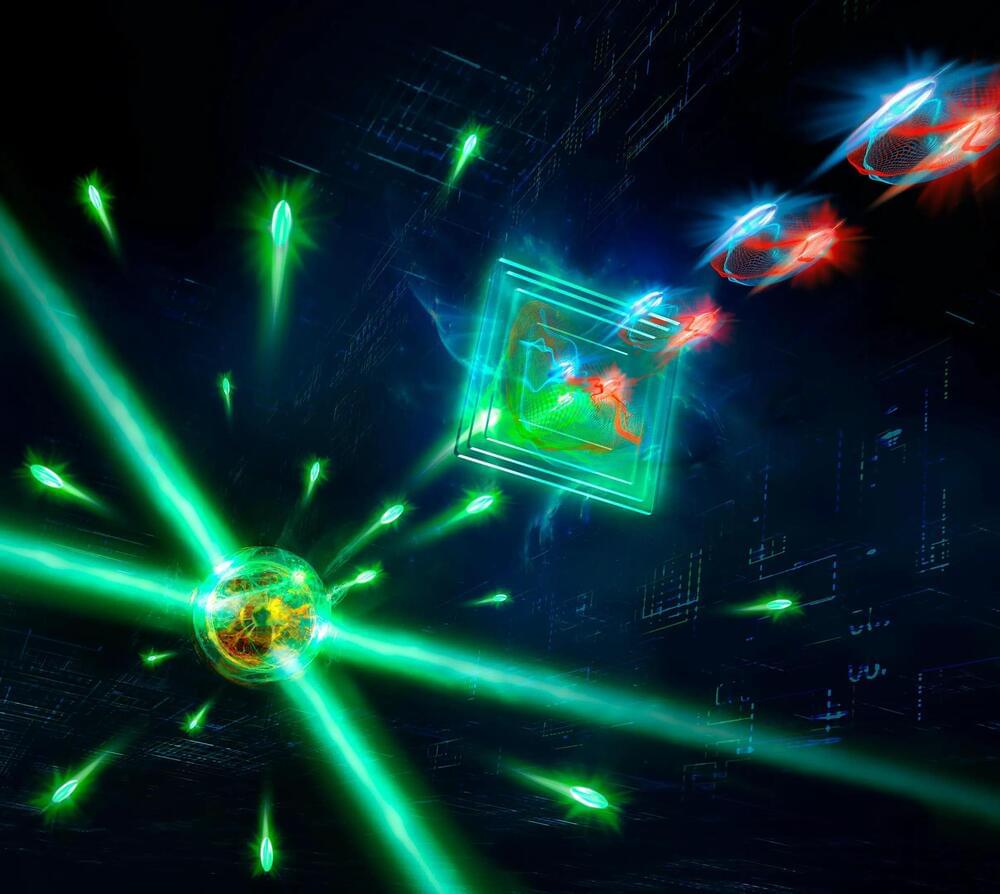
Researchers at the Humboldt University of Berlin, partners of the DAALI project, have demonstrated a surprising effect present in the fluorescent light of a single atom.
An atom is the smallest component of an element. It is made up of protons and neutrons within the nucleus, and electrons circling the nucleus.

A team led by researchers at Baylor College of Medicine is coming closer to delivering on the promise of personalized breast cancer therapy with a strategy to predict the most likely response of a cancer to a specific less toxic treatment regimen.
In this study published in Clinical Cancer Research, a journal of the American Association for Cancer Research, the scientists developed and validated in clinical trials a multiparameter molecular classifier test to predict with a high degree of confidence which patients with HER2-positive (HER2+) breast cancer would be candidates for anti-HER2 therapy alone without the need for chemotherapy. The molecular classifier also accurately identifies patients whose tumors may need chemo or other targeted therapies.
“HER2+ breast cancer, which represents about one of every five breast cancers, expresses high levels of HER2 proteins and is physiologically dependent on the abundance of this protein to grow fast and metastasize or spread to other organs,” said co-corresponding author Dr. Rachel Schiff, professor of medicine and molecular and cellular biology and member of the Lester and Sue Smith Breast Center and the Dan L Duncan Comprehensive Cancer Center at Baylor. “Historically, HER2+ breast cancer was treated only by chemotherapy, but patient outcomes were poor. This changed in the late 1990s when the introduction of anti-HER2 therapy, drugs that block the growth effects of HER2, transformed the treatment of this disease.”

Within seconds of the withdrawal of life support, two of the patients exhibited a surge of neurophysiological activity characterized by changes in several different brain wave “bands,” at both the local and global levels. Freethink.
Researchers found a surge of neurophysiological activity in the dying human brain, including in regions associated with conscious processing.
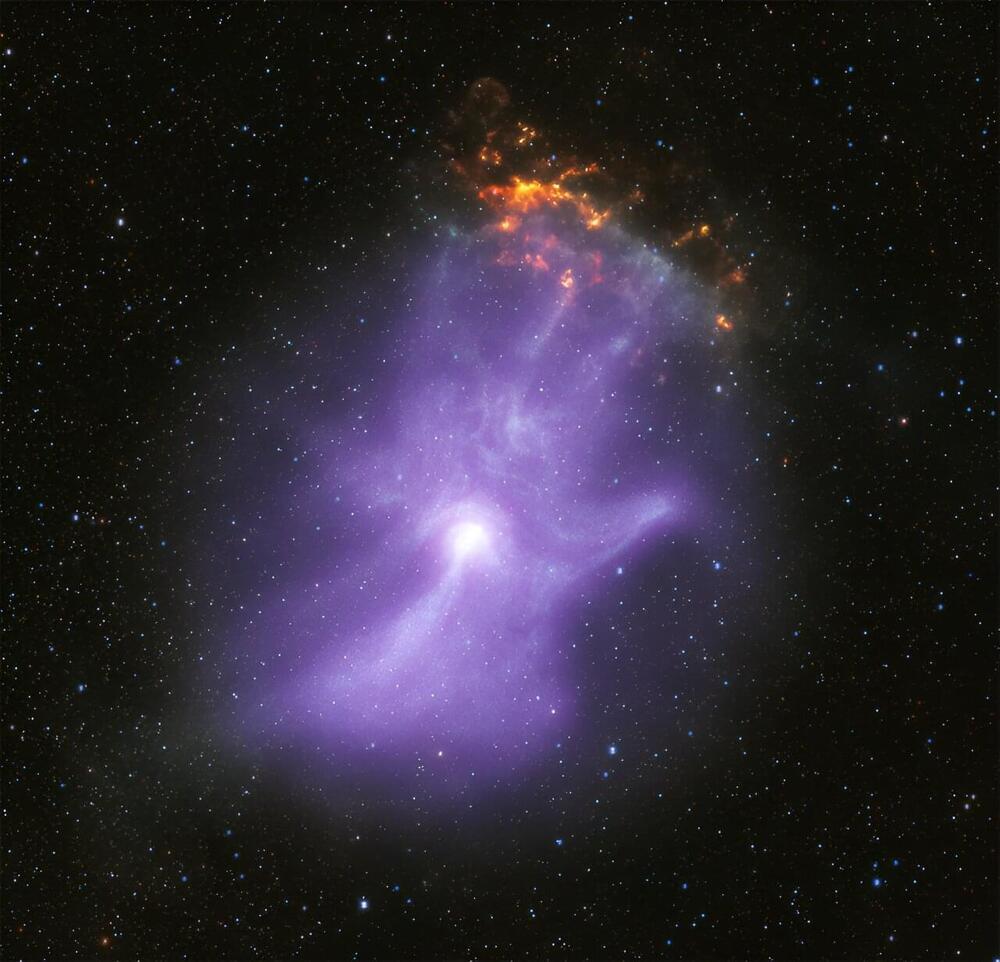
In 1,895, Wilhelm Röntgen discovered X-rays and used them to image the bones in his wife’s hand, kicking off a revolutionary diagnostic tool for medicine. Now two of NASA’s X-ray space telescopes have combined their imaging powers to unveil the magnetic field “bones” of a remarkable hand-shaped structure in space. Together, these telescopes reveal the behavior of a dead collapsed star that lives on through plumes of particles of energized matter and antimatter.
Around 1,500 years ago, a giant star in our galaxy ran out of nuclear fuel to burn. When this happened, the star collapsed onto itself and formed an extremely dense object called a neutron star.
Rotating neutron stars with strong magnetic fields, or pulsars, provide laboratories for extreme physics, with conditions that cannot be replicated on Earth. Young pulsars can create jets of matter and antimatter moving away from the poles of the pulsar, along with an intense wind, forming a “pulsar wind nebula.”
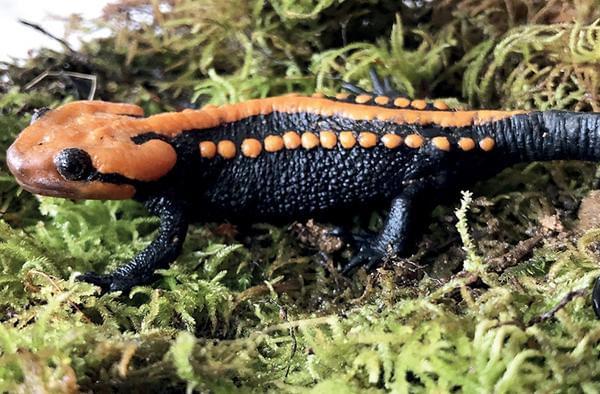

Colorectal cancer screening is widely recommended for adults ages 45 to 75 with an average risk of developing the disease. However, many people don’t realize that the benefits of screening for this type of cancer aren’t always the same for older adults.
“While many clinicians simply follow guideline recommendations for colon cancer screening in adults within this age range, this isn’t always the best approach,” said Sameer Saini, M.D., M.S., who is a gastroenterologist at both Michigan Medicine and the Lieutenant Colonel Charles S. Kettles VA Medical Center and is as a health services researcher at the University of Michigan Institute for Healthcare Policy and Innovation and the Ann Arbor VA Center for Clinical Management Research, or CCMR.
“As individuals get older, they often acquire health problems that can lead to potential harm when coupled with endoscopy. While guidelines recommend a personalized approach to screening in average risk individuals between ages 76 and 85, there are no such recommendations for older adults who are younger than age 76—individuals who we commonly see in our clinics.”
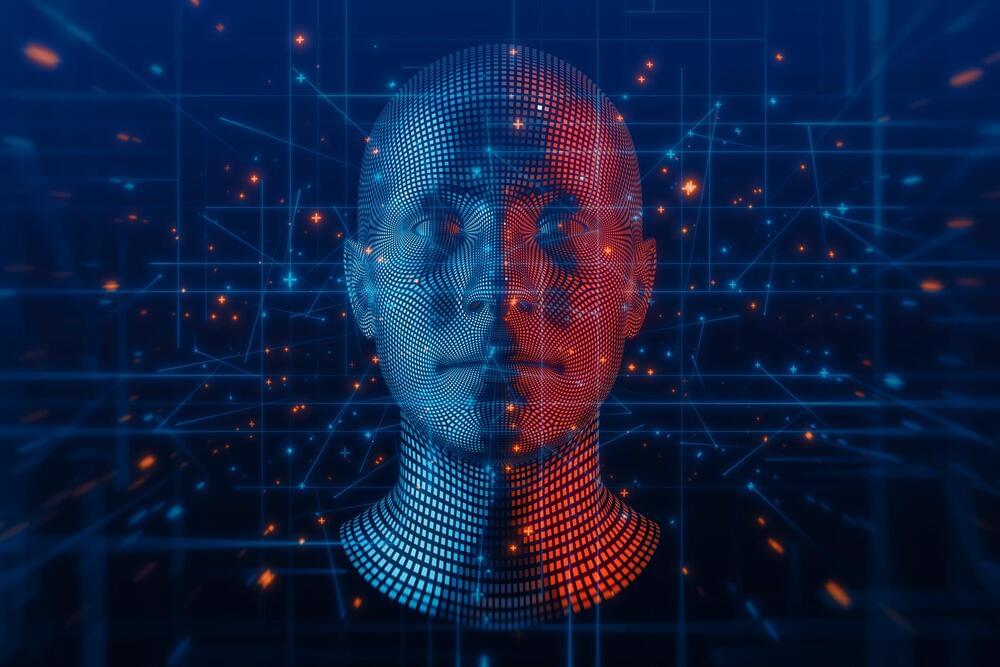
To make our way through the world, our brain must develop an intuitive understanding of the physical world around us, which we then use to interpret sensory information coming into the brain.
How does the brain develop that intuitive understanding? Many scientists believe that it may use a process similar to what’s known as “self-supervised learning.” This type of machine learning, originally developed as a way to create more efficient models for computer vision, allows computational models to learn about visual scenes based solely on the similarities and differences between them, with no labels or other information.
A pair of studies from researchers at the K. Lisa Yang Integrative Computational Neuroscience (ICoN) Center at MIT offers new evidence supporting this hypothesis. The researchers found that when they trained models known as neural networks using a particular type of self-supervised learning, the resulting models generated activity patterns very similar to those seen in the brains of animals that were performing the same tasks as the models.